Keeping your RV in top shape is a big part of making sure every road trip goes off without a hitch. I’ve found that seasonal and pre-trip RV inspections help me catch problems early, saving me time, money, and a lot of stress along the way.
Many RV owners overlook simple checks, but these walkthroughs can actually make your camping experience smoother and more enjoyable.
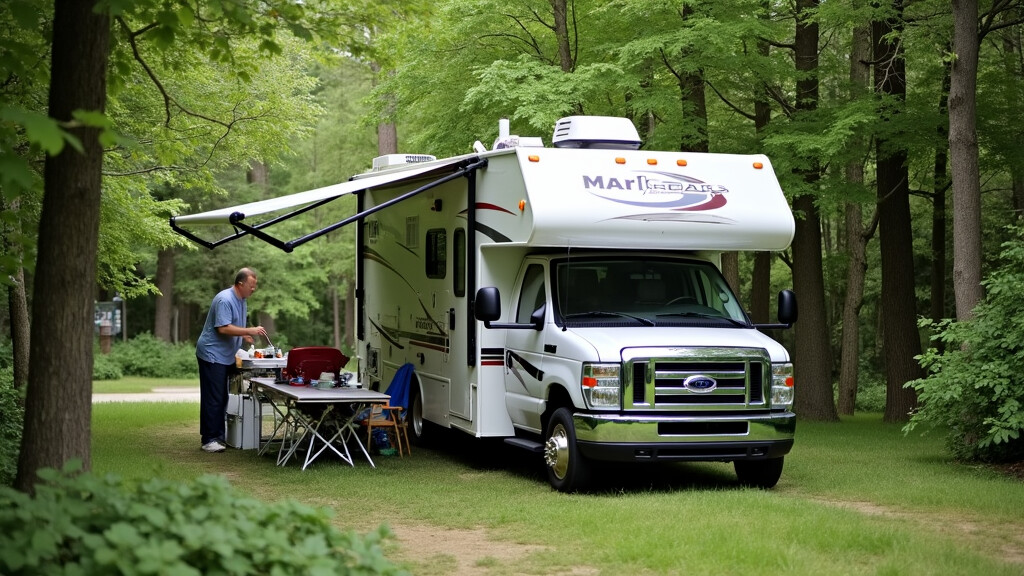
Why Seasonal RV Inspections Really Matter
My first cross-country trip with the RV taught me just how much can go wrong if maintenance gets ignored. Changing weather and road conditions add all sorts of stress to an RV’s systems. I’ve seen everything from cracked seals after a wet winter, to tire blowouts in summer heat.
Each season, your RV faces different challenges, so regular inspections are really important for keeping everything working safely and reliably.
When we are ready to move our full-time RV home, I want to ensure everything is evaluated to ensure I will feel safe on the road. This checklist might also help you out.
RV industry sources like the RV Repair Club and the Recreation Vehicle Dealers Association stress doing these checks at least twice a year. Not only does this help you spot trouble before it gets worse, but it also helps you learn your RV inside and out.
You’ll spend less time waiting on repairs and more time enjoying campfires and the open road. If you’re planning long road trips, these kinds of checks can make a real difference.
Getting Started: What You’ll Need For A Quick Inspection
Before you start, I recommend gathering a basic toolkit. I keep a flashlight, screwdriver set, pliers, work gloves, a tire pressure gauge, and a few rags handy. A notepad or your phone is also useful for jotting down any issues you find. You don’t have to be a mechanic to do these checks. The idea is just to catch anything major that needs a closer look. I also keep some cleaning supplies, especially if I’m checking for leaks or doing seal inspections.
Some folks use detailed checklists available online, like the printable lists from this website. You can personalize these to fit your RV’s unique features, but some basics always apply. Giving yourself a couple of hours, a clear driveway spot, and decent weather makes this a lot easier, too.
Main Areas To Focus On: Seasonal RV Inspection Checklist
When I work through my own RV, I break it down into a few main sections. This way, I’m less likely to overlook anything. Here are the spots I focus on every season:
- Roof and Exterior: Check for cracks, damaged seals, and soft spots. Water damage starts here. Press gently on seams and look for signs of leaks inside and out.
- Tires and Wheels: Check for bulges or uneven wear. Make sure your tire pressure is correct for the season and your load. Don’t forget to look at your spare.
- Batteries and Electrical: Test the battery voltage with a meter. Look for corrosion on terminals and secure all connections. Try turning on lights and appliances to see if you spot any flickering or dimming.
- Plumbing: Inspect hoses, tanks, and faucets for signs of leaks or cracks. Check under sinks and near the water heater. Run water through each fixture to see if you get good flow and drainage.
- LP Gas System: Test all propane appliances and smell for leaks (a rotten egg odor). Even tiny leaks should be fixed fast. A basic bubble solution test on connections works great if you’re not sure.
- Interior: Open cabinets and closets for any signs of moisture or pests. Check window seals and make sure doors and latches close tightly.
- HVAC (Heating and Cooling): Clean vents and filters, and test the air conditioner, furnace, and fans. Seasonal temperature swings can knock these systems out of whack.
This list grows with experience. For example, if you’ve ever had an awning that won’t roll out, you’ll add that to your personal checklist, too.
Critical Trouble Spots and How To Catch Problems Early
RVs are packed with systems that work together, so a tiny issue in one place can cause a chain reaction. I learned the hard way that one broken roof vent led to a musty smell after spring showers. Use your nose and eyes; smells, damp spots, or rust usually mean something’s off.
Electronic indicators or mystery lights on your dashboard are worth looking into. Even small things, like sticky latches or windows that don’t open smoothly, point to bigger problems down the road if ignored.
Some issues show up more in certain seasons. In the spring, snowmelt or rain can sneak inside if roof seams are cracked. In the fall, I look extra closely at the heating and water systems since cold temperatures can cause surprise pipes to crack.
Tightening up window or door seals makes a big difference in keeping drafts out in colder months and keeping cool air in during summer. A quick test of your fire extinguisher and carbon monoxide detector should be on your seasonal list, too.
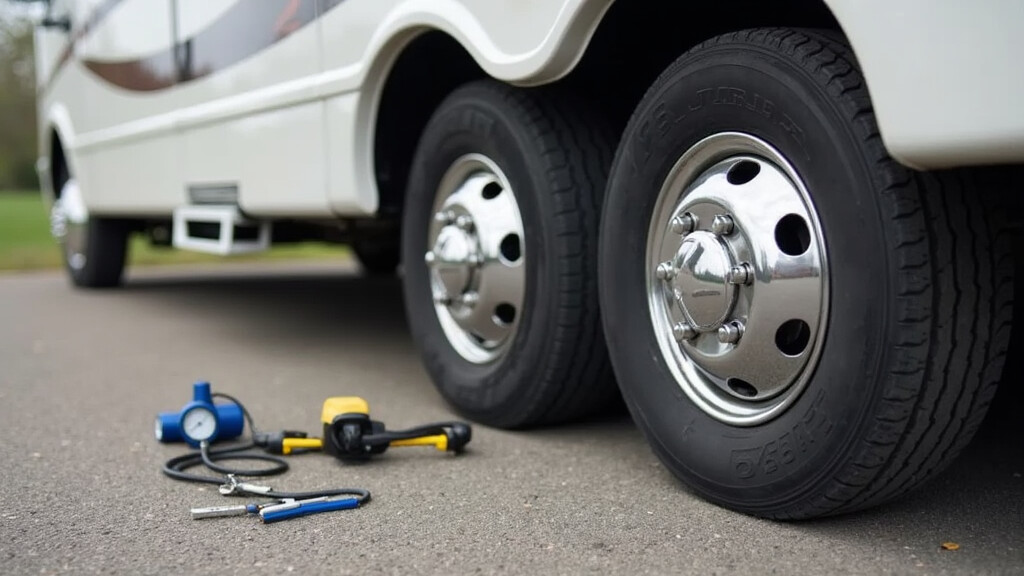
Simple Maintenance Steps You Can Do Yourself
Plenty of seasonal maintenance tasks fit right into a regular afternoon. I always like starting at the top and working my way down. Washing and inspecting the roof is a good first step. Cleaning exterior seams and windows can reveal hidden cracks, and applying a bit of sealant when needed keeps water out. Many roof sealants are DIY friendly; just follow the container instructions. I also like to grease hinges, steps, and moving parts like the awning arms while I work my way around.
On the inside, vacuuming vents helps the airflow. Running each water faucet for a few minutes clears out stale water. For the propane system, I close all valves, apply a little soap solution to fittings, and look for bubbles. Tighten up cabinet hinges, clean refrigerator coils, and check that your smoke alarm batteries are fresh. Each of these little jobs only takes a few minutes but adds up to a lot of extra comfort and safety on the highway.
Common Mistakes New RV Owners Make & How To Avoid Them
I went through my share of rookie mistakes in my first few years. Some of the most common blunders are easy to avoid:
- Forgetting to check undercarriage components; road debris and rust love hiding in hard to see spots.
- Assuming tires are still good based on tread alone, but always check the DOT date code and replace them after five years, even if they still look fine.
- Skipping the roof inspection, which almost always leads to leaks.
- Ignoring problems like flickering lights or minor leaks, hoping they’ll go away on their own.
- Not draining water tanks before freezing temperatures, which can cause split pipes or tanks.
It’s better to spend a little extra time on your inspection than a lot of money fixing issues later. If you ever feel unsure about something, calling a mobile RV service or stopping by a dealership is easy. It’s always worth it if it gets you back on the road faster.

Time-Saving RV Inspection Tools Worth Checking Out
Several gadgets can help speed up RV inspections and keep things simple. I use a tire pressure monitoring system (this unit is the best on the market, preferred by truckers) to monitor any changes in my tire pressure.
A digital multimeter checks the health of the battery and my RV’s electrical systems. For hard-to-see spots, a small inspection mirror or even a phone camera helps hunt down leaks or wiring issues behind panels. RV-specific apps, like maintenance logbooks or leak checklists, help track past repairs and keep you organized.
Handheld vacuums, air compressors, and rechargeable LED flashlights all come in handy in one way or another, especially if you’re camping off the grid and need gear that works anywhere. These tools make routine checks quicker and keep things running smoother, especially on busy travel days.
Frequently Asked Questions
Here are some common questions that tend to come up when I talk to other RVers about seasonal inspections:
How often should I inspect my RV?
Most folks do a thorough check twice a year, usually in spring and fall. If you’re using your RV every month, quick checks before each trip are a good habit, too.
What signs of water damage should I look for?
Look for stains on ceilings and walls, musty smells, soft or swollen spots, and rusty screws or fasteners. Early fixes can save a ton of hassle down the road.
Is it okay to drive if a warning light comes on?
Most times, it’s smart to pull over and check things out, especially for brakes, engine, or battery lights. Most fixes are easy if you catch them before you keep driving.
Can I use regular home sealant on my RV?
It’s best to use RV-specific sealants. These hold up to vibration, sun, and temperature swings a lot better than standard home caulks or adhesives. It is best to refer to the RV manufacturer’s recommendations for sealants used on the RV.
Ready for The Road: Last-Minute Inspection Habits
My final step before hitting the road is a brief walkaround. I check that everything’s locked down, hoses are disconnected, tires look good, and nothing is hanging from the undercarriage.
Taking a quick look inside to check for loose items, turning off the water pump if it’s not needed, and confirming that the windows are closed sets my mind at ease. Even after all the hard work of a seasonal inspection, these last-minute habits help prevent annoyances or damage while driving.
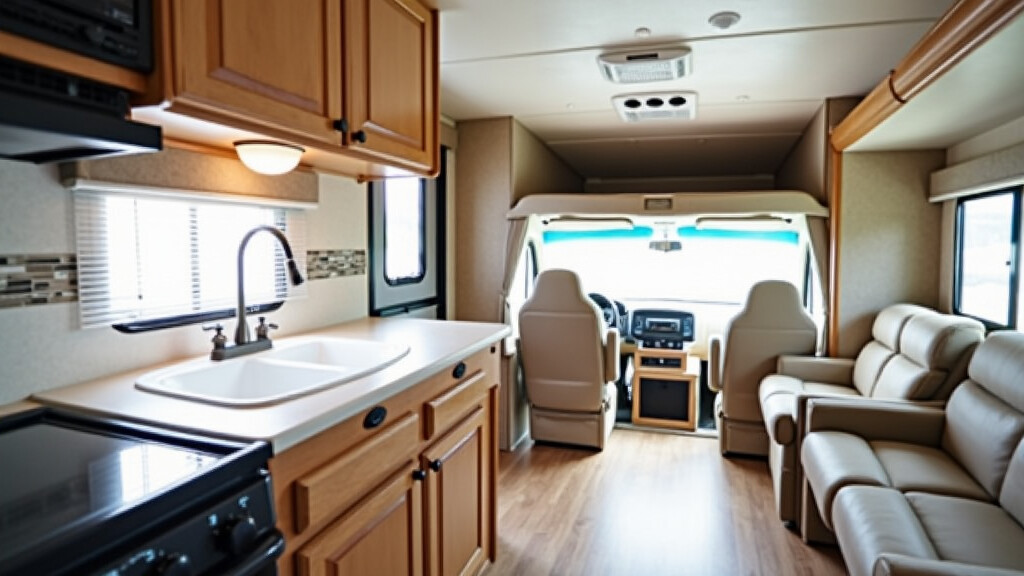
Consistent pre-trip RV inspections really pay off. A few hours of attention here and there mean fewer headaches and more time to enjoy those campsites and sunsets. If you’re new to this, don’t stress. Start with the basics, build confidence, and soon you’ll have your RV ready for every trip.
If you want to learn more about maintaining your RV, check out resources from RV Repair Club and connect with other RV owners in online forums. Stay safe, stay curious, and happy travels!
To learn more about our experiences having been full time RVing since 2008, click here.
_______________________________________________________
Please feel free to ask a question or leave a comment before you read other articles on our website.
Pam and I hope that while you enjoy the RV lifestyle, you also run an online business from your RV or home! We do!!
With great RV connectivity, as discussed on this website, you can make money while traveling to whatever destination you desire.
Would you like to create an income while enjoying RV travel?
Is there something that you are passionate about? You can create an online business that you can run anywhere. I can help you do that!

=====> CREATE AN ONLINE BUSINESS FROM SOMETHING YOU LOVE TO DO! <====


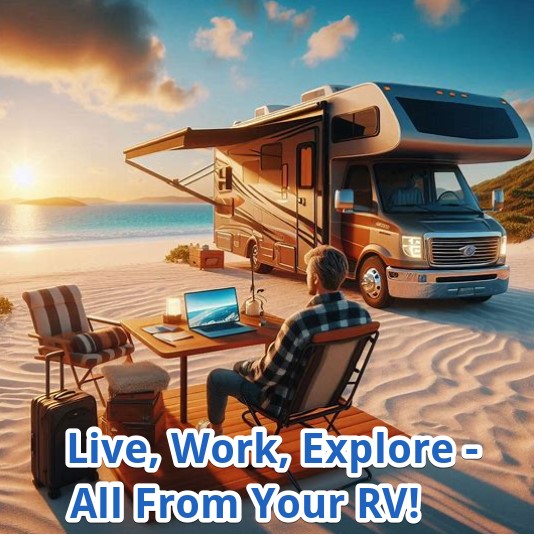
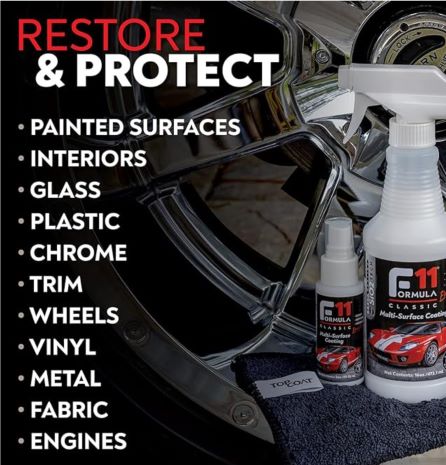
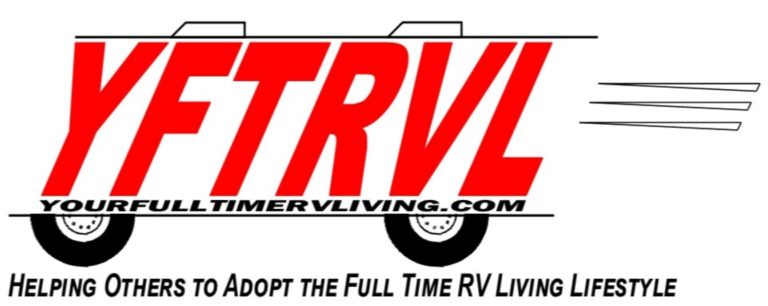



Recent Comments